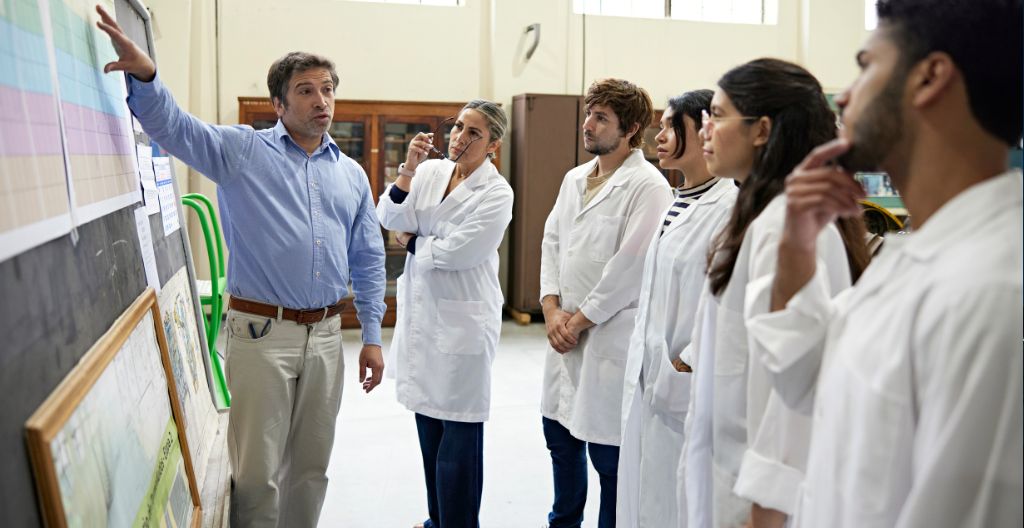This article provides an in-depth exploration of comprehensive communication.
It unravels the concept’s definition, significance, and execution process, highlighting the barriers often faced.
By illustrating real-world examples, it identifies various channels for effective communication and presents enhancement strategies.
The aim is to equip readers with essential knowledge and tools for better personal and professional communication.
Key Takeaways
- In-depth communication involves covering many important points of a subject and being comprehensive and thorough.
- In-depth communication is important in various contexts, such as in-depth studies, news coverage, podcasts, investigations, technical writing firms and skincare routines.
- In-depth communication can lead to a better understanding of a subject, tackle specific issues, and improve overall outcomes. For example, it can lead to technology communication benefits.
- In-depth communication requires research, setting objectives and strategies, implementing tactics, tailoring messages, and utilising available resources for effective communication. Be familiar with the strategy meaning!
Understanding the Core Components of Communication
In our exploration of effective communication, it is critical to understand the core components of communication, which include the sender, message, channel, receiver, feedback, and context, as they provide a fundamental framework for transmitting information efficiently and effectively.
The communication definition encapsulates these elements, emphasising the sender’s role in encoding a message and the receiver’s role in decoding it.
The channel, representing the medium through which the message is transmitted, can range from verbal communication to digital platforms.
Feedback allows for the evaluation of communication effectiveness, while the context sets the environment for the communication process.
This communications definition offers a comprehensive understanding of the multifaceted process involved in exchanging information and ideas.
The Role of Verbal and Non-Verbal Communication
The significance of both verbal and non-verbal communication in interpersonal interactions is profound, as these two forms of expression greatly influence the clarity and effectiveness of our dialogue. Verbal communication, encompassing words and tone, provides the content of our messages, while non-verbal cues like body language, facial expressions, and gestures offer additional context, often revealing unspoken sentiments.
| Verbal Communication | Non-Verbal Communication |
|---|---|
| Conveying ideas through words | Expressing emotions through facial expressions |
| Asserting opinions via tone | Indicating attitudes with body language |
| Providing instructions vocally | Demonstrating comprehension with nodding |
| Addressing conflicts through conversation | Displaying discomfort via crossed arms |
| Sharing feelings through spoken language | Confirming understanding with eye contact |
Balancing these communication types ensures precise, meaningful exchanges, promoting healthier relationships, productive teamwork, and effective conflict resolution.
Identifying the Barriers in Effective Communication
Recognising cultural differences, language barriers, and emotional obstacles is crucial for effective communication, and overcoming these can significantly enhance the clarity and understanding in any interpersonal interaction.
Communication breakdowns often occur when these barriers are overlooked. For instance, cultural differences can lead to misunderstandings as people from different backgrounds may interpret messages differently. Language barriers, on the other hand, can obstruct the flow of information, leading to confusion or misinterpretation. Emotional obstacles such as personal biases or prejudices can also hinder effective communication.
To overcome these barriers, it’s vital to promote cultural sensitivity, encourage language learning, and foster emotional intelligence. By doing so, we can establish a more inclusive and effective communication environment, fostering better understanding and collaboration.

The Impact of Communication in Different Spheres of Life
Reflecting on our personal and professional experiences, we can observe how effective communication significantly influences various aspects of our lives, including relationships, career growth, and overall well-being.
It acts as a bridge, connecting different spheres of our life, whether it’s personal interactions, professional collaborations, or social engagements.
In personal relationships, effective communication fosters understanding, trust, and emotional connections.
In the professional realm, it drives teamwork, decision-making, and conflict resolution, thereby facilitating career progression.
Furthermore, it plays a vital role in social interactions, shaping our societal norms, cultural understanding, and global citizenship.
Ultimately, the impact of communication transcends the boundaries of individual lives, weaving the fabric of communities and societies.
Therefore, mastering this skill is essential for holistic growth and development.
Techniques to Enhance Personal and Professional Communication Skills
In our quest to improve both personal and professional communication skills, we should consider adopting techniques such as active listening, regular feedback, and engaging in communication-focused training. These tools not only enhance our ability to effectively convey messages but also cultivate understanding and foster stronger relationships.
| Technique | Description | Impact |
|---|---|---|
| Active Listening | Paying full attention, reflecting, and not interrupting the speaker | Builds trust, validates the speaker |
| Regular Feedback | Giving constructive, timely responses to improve performance | Promotes growth, provides clarity |
| Communication Training | Engaging in workshops, courses, coaching for skill enhancement | Increases confidence, effectiveness |
The power of effective communication cannot be overemphasised. It is a vital tool in every aspect of life and can be the difference between success and failure, understanding and misunderstanding.
Sign up for our Life Sciences Newsletter and boost your engagement with HCPs
Conclusion
In conclusion, comprehensive communication is an integral aspect of both personal and professional life. Its understanding involves recognising its core components, verbal and non-verbal elements, and the potential barriers.
The ability to communicate effectively can significantly impact various life spheres. Therefore, the enhancement of communication skills through various techniques is essential for fostering strong relationships and ensuring mutual understanding, highlighting the undeniable significance of comprehensive communication.
Do you want to learn more about other types of communication? If you want to answer the question ‘what is technical communication?’ or learn about the characteristics of technical writing, you are in the right place!

